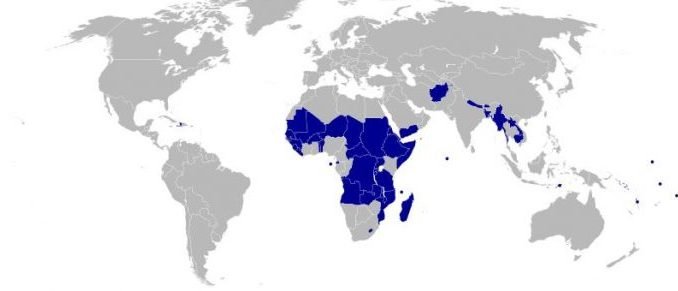
The main development challenges facing least developed countries (LDCs) in Asia and the Pacific are related to structural impediments to sustainable development due to their size, location, and different development levels such as their economic status, level of human development, and vulnerability to environmental impacts and disasters. Some of these LDCs are confronting additional challenges of being landlocked developing countries (LLDCs) and small island developing States (SIDS). The LLDCs and SIDS are mainly characterized by their remoteness to global markets and the size of their economies.
The LDCs can be generally characterized by their low productive capacity, underdeveloped agricultural sector, limited international markets for trade, reliant on small number commodities for export, limited human capital and capacities, frequent impact by natural disasters, limited financial resources to mobilize for development, and weak institutions. Hence, the Istanbul Programme of Action for the Least Developed Countries (IPoA) is addressing these issues to overcome the development challenges through eight priority areas.
Graduation from the LDC category through addressing development challenges is becoming a national priority of many LDCs. Ten out of twelve Asia-Pacific LDCs are expected to graduate in the period between 2020-2024. However, many of them are lagging behind in the achievement of the 2030 Agenda for Sustainable Development. That shows that even though graduation is a milestone for LDCs, it does not guarantee the path towards sustainable development. The LDCs continue to have low capacities (human and institutional) to improve their productive capacity and face various external shocks such as natural disasters, conflicts, and financial crises.
Mobilizing financial resources during major crises is becoming a major development challenge for the LDCs due to their limited fiscal space and reliance on external loans. The Official Development Assistance (ODA) is drying up over the recent years. Due to lack of decent infrastructure and skilled workforce, the LDCs are not able to attract sufficient foreign direct investment (FDI). Many LDCs are also heavily relying on the agriculture sector and hence, much needed structural transformation is limited to the above-mentioned conditions. Although some LDCs are resource-rich countries, their heavy reliance on the natural resources for national income is not sustainable and a risk to external shocks.